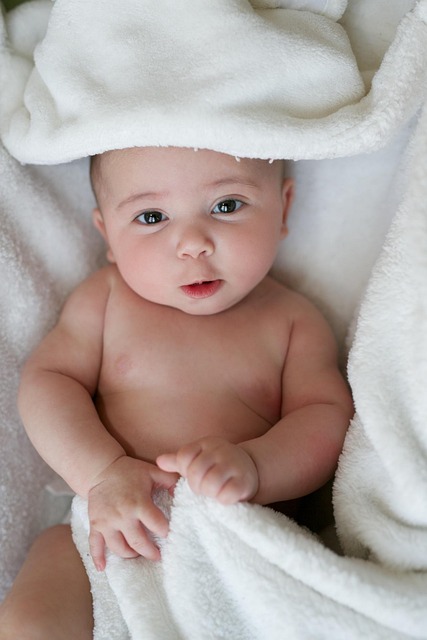When it comes to pregnancy, it’s essential for women to avoid smoking altogether. However, research has shown that merely quitting smoking is not enough to eliminate the risks associated with secondhand smoke exposure. Many women find themselves around friends, family, or even environments that carry the residue from cigarettes, which can have detrimental effects on both their health and that of their unborn child.
Understanding Secondhand Smoke
Secondhand smoke is released into the environment whenever someone exhales after smoking or when tobacco products burn. It contains approximately 4,000 harmful chemicals, many of which are known carcinogens. If you’re pregnant and exposed to secondhand smoke, you’re putting both yourself and your baby at risk.
Health issues linked to secondhand smoke exposure include miscarriage, low birth weight, premature birth, learning and behavioral deficiencies in your child, and Sudden Infant Death Syndrome (SIDS). SIDS is particularly alarming, as it refers to the unexpected death of a seemingly healthy infant during sleep, with no identifiable cause found even during autopsies.
To minimize risks, the best course of action is to avoid secondhand smoke and tobacco in all forms.
Thirdhand Smoke and Pregnancy
Pregnant women may also encounter what is termed “thirdhand smoke,” which is the residue left on surfaces such as furniture, carpets, and clothing after cigarettes are extinguished. This residue can linger for months or even years, and if a space smells like smoke, it likely contains harmful tobacco remnants.
When you touch these contaminated surfaces or inhale the particles, toxins can enter your bloodstream and affect your developing baby. Research from the Los Angeles Biomedical Research Institute has indicated that thirdhand smoke can negatively impact prenatal lung development, potentially leading to respiratory issues later in life.
If you and your partner are trying to conceive, are currently pregnant, or have recently welcomed a child, it’s crucial to limit thirdhand smoke exposure in your home. Quitting smoking entirely is the best option if you’re looking to conceive. Encourage your partner to smoke outdoors and to change clothes before re-entering the house to avoid bringing those residues inside. Additionally, washing hands before handling your baby after smoking exposure is vital.
Post-Birth Considerations
Once your baby is born, it’s just as important to limit their exposure to secondhand smoke. Infants in environments with secondhand smoke are at a greater risk of SIDS. Furthermore, children exposed to this smoke are more prone to ear infections, colds, respiratory illnesses, and dental problems. The effects of thirdhand smoke can be equally harmful, so it’s imperative to keep your child away from areas contaminated with tobacco residue.
In summary, protecting your baby from secondhand and thirdhand smoke is crucial both during pregnancy and after birth. If you’re looking for resources on donor insemination, check out this comprehensive guide on pregnancy and home insemination. Additionally, if you’re considering at-home insemination, services like Make a Mom provide reusable options tailored for your needs. For a detailed overview of how at-home insemination works, visit this link. You can also explore more at Vegas Pregnancy, a free sperm donor matching service. Don’t forget to read about the two-week wait in our blog to stay informed about your pregnancy journey!
